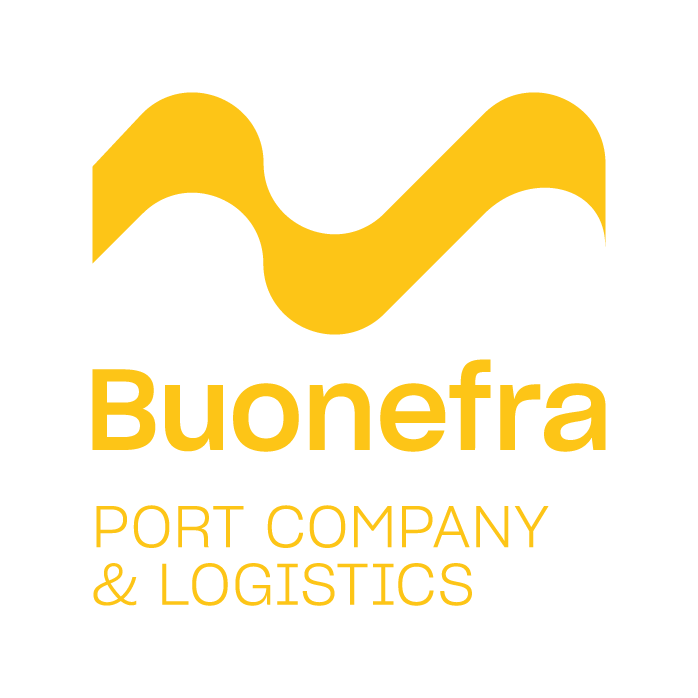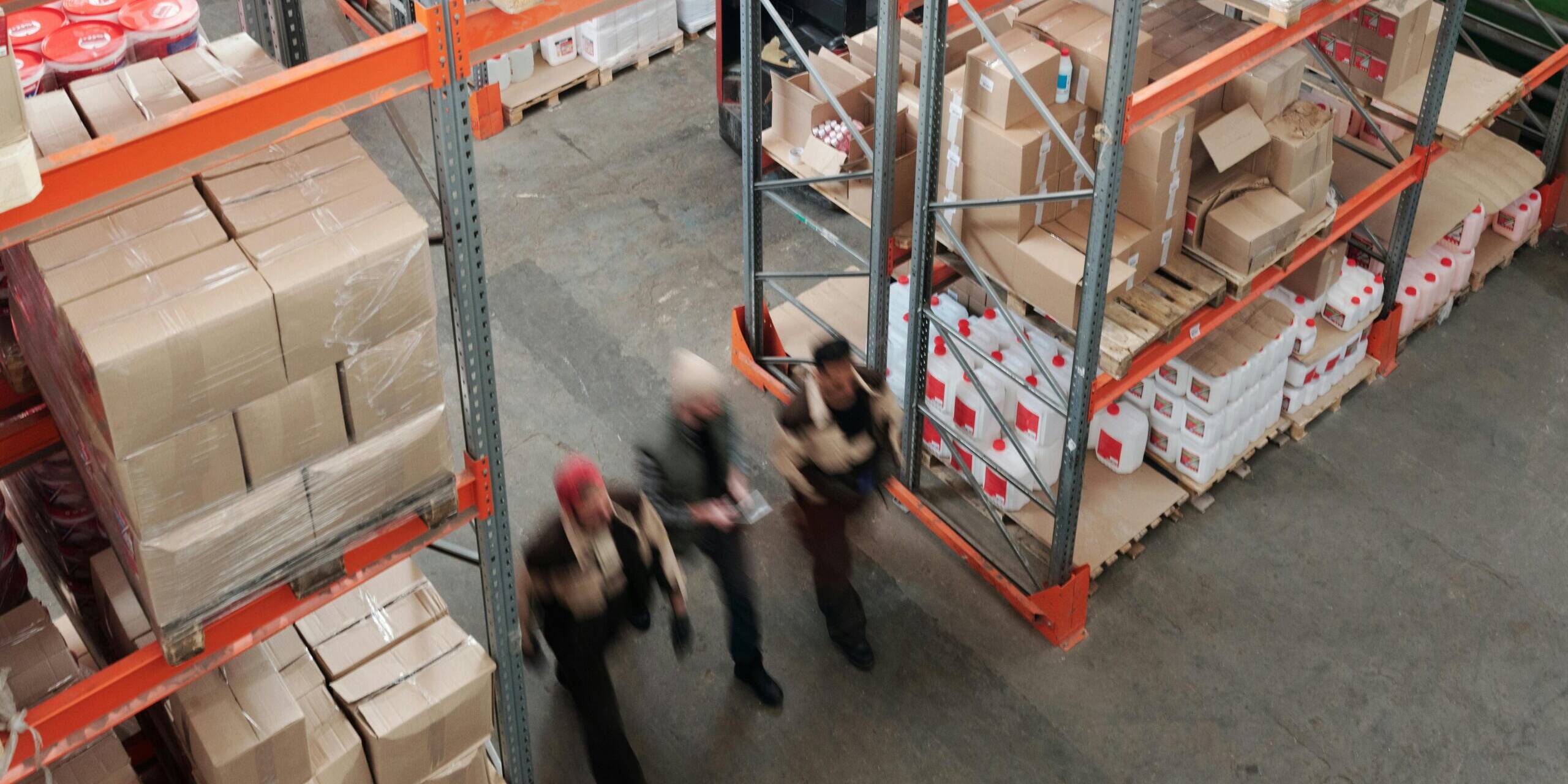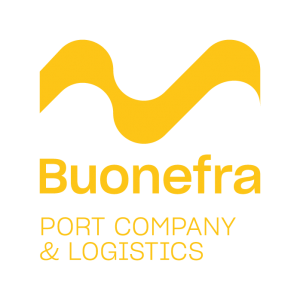The digital transformation in the naval sector
The 80s represented the first truly important transformation phase of the naval sector, with the advent of paperless procedures.
However, by rewinding the tape, the first steps forward took place in the 60s, when existing transport systems evolved into integrated transport systems thanks to containerization and intermodal transport. With the enormous growth in the use of containers in maritime transport, transport costs have drastically reduced, leading to ever higher container volumes. The main ports have been transformed from conservative and unloading junction points for maritime and land transport (first generation ports) to intermodal logistic nodes that integrate transport systems and provide a wide range of logistics and distribution services (ports of third generation).
Traditional procedures for the flow of information that were previously paper-based and therefore very laborious, expensive, error-prone and time-consuming, gave way in the 60s and 70s to the development of Electronic Data Interchange (EDI) paving the way to first digital transformation in the maritime sector.
In 1983 with DAKOSY the first port community system based on EDI (Port Community System, PCS) was born, which allows an exchange of electronic documents between actors involved in port operations.
In the late 80s, the development of UN / EDIFACT message standards for EDI further improved the exchange of information in integrated transport systems, in particular through the introduction of specific standards for international messages for the maritime industry.
And again in the late 80s, important paper documents, such as the bill of lading (BoL), were transformed into electronic documents.
Also around this time, the first operating systems for commercial terminals were developed, such as CITOS in 1988 and Navis in 1989, and from then on, the foundations for integrated planning and automation in container terminals were built. At the same time, the ports were facing another important structural change linked to the demand from customers for more value added logistics services (VAL) that included new roles and functions, which required greater coordination, collaboration and efficient communication between the actors.
For this reason, IT systems and applications have begun to be implemented to provide at least basic functionalities such as e-mail, reservations, billing, etc.
Subsequently, internal systems and applications were integrated to support terminal operations such as docking and stopover activities in container terminals. General business processes have therefore changed so that interdependent activities within the terminal can be better planned, managed and coordinated.
The introduction of such systems, however, required port actors to make huge investments in appropriate IT infrastructures and configurations, to share information and to adapt individual processes accordingly.
The development of inter-organizational networks required actors to primarily transform internal IT to meet the new standards. Access to external data also required actors to integrate internal systems with other systems and to adapt internal processes to make full use of external data. Port community actors who were able to meet all requirements and adapt business processes were therefore able to further benefit from competitive advantages on a global scale.
From the development of the 80s to the turning point in the 90s -2010s
Between the 90s and 2000s there was the second important phase of digital progress in the sector: laser technologies succeed in satisfying the automated and safe handling solutions in container terminals. The first of this type was Maasvlakte Rotterdam's Delta ECT Terminal, which opened in 1993. It introduced automated guided vehicles and automated stacking cranes to manage transport between docks and containers and within the containers themselves. This transformation in favor of automated container terminals required seamless integration between the automated handling equipment and TOS containing all work orders. The trend of using IT as a push to further automate and increase the visibility of port operations continued until the late 90s.
At the same time, the continued growth of container transport for the first time seemed to highlight the limitations of the infrastructure of some large ports which led to serious traffic problems, also due to the increasing size of the vessels carrying the peak loads of transport with the hinterland. The first attempts to tackle the serious traffic problems were introduced in the early 2002st century, when the basic idea was to reduce operations during peak hours, extend opening hours and impose additional tariffs on container movements. during the allowed hours and once again technology rushed to the rescue to facilitate these operations. The terminal operators also requested prior identification checks; meanwhile, the development of automated container terminals continued rapidly with the more modern Container Terminal Altenwerder in the port of Hamburg in XNUMX.
The economic crisis of 2008-2009 led to a more rigorous assessment and selection of ports related to different performance indicators and goods moved and this has intensified competition between ports. An implication of the economic crisis has been the identification of two strategies to achieve sustainable performance: the first strategy aims to strengthen cooperation between ports, the second strategy focuses on improving coordination and collaboration between port actors. A further criterion is reactivity and flexibility with regard to changing circumstances, relating to customer needs or operational disturbances. In this context, visibility and decision support based on accurate information are essential, so instead of focusing on the exchange of static electronic documents for the management of container transport and delivery, we are prepared at the beginning of a phase that provided for the contextual processing of data in real time to enable intelligent procedures.
2010: the third phase of progress begins
2010 from today the third phase of transformation characterized by smart procedures starts: the digital transformation of the third phase focuses mainly on the measurement, control and assistance to port operations, in collaboration with the management of the port infrastructure, adopting innovative technologies and tools to exploit better new data sources available and available. This includes "smart" technologies to measure and control the port infrastructure (for example, based on sensors and actuators), mobile technologies to support active communication between actors and information platforms to support both the exchange of information in real time and the coordination and collaboration between the actors.
In recent years, many port actors have focused on the development of mobile applications to enable the dissemination of relevant information to port actors for the execution and assistance of work orders, for example, information on booked appointments, parking available in the port , container locations within the container terminal and information on the current status of the containers.
In addition, value-added information services are increasingly requested by port customers, for example to better track and trace cargo.
Although the barriers and costs of adoption are low compared to introducing EDI systems in the first generation of digital transformation, it is important that port actors understand and evaluate the benefits of the application. A cloud platform not only enables efficient IT infrastructure deployment, but also facilitates interoperable access to various cloud-based web applications, such as SaaS and many other IT interfaces and capabilities, which can integrate with internal systems to benefit for more information and features.
While most of the maritime industry stakeholders are still discussing terms such as IoT, Big Data, analytics, mobile computing and cloud computing, in 2010 in the Port of Hamburg, the Port Authority launched the smartPORT logistics project with the aim of improve traffic and freight flows within the area by investing in transport infrastructure. The main idea of the project is the integration of several traffic control centers (road, sea, rail) into a main port traffic center which allows to make decisions and continuously interact with the actors actively involved in data-based port activities in real time. This also includes an integration of traffic management systems and infrastructure, thus enabling traffic flows to be directed according to the current traffic situation in the port. A variety of sensors and actuators have been applied to the port infrastructure to make its operations smoother and more user-friendly, for example by coordinating the flows of river and road traffic across moving bridges or by controlling street lighting, respectively. In addition, sensors are used to measure the conditions of the port and its environmental impact. The collected data is processed in isolated systems and then transferred to a central information platform to collect, aggregate and distribute information on different channels to various actors and decision makers involved. A cloud-based central information system facilitates integration and provides the resources needed to flexibly meet application computational requirements. In late 2017, however, HPA announced that the roll-out of the SPL application had failed due to limited interest within the port community. Again, this indicates how important it is for actors to understand the implications and benefits of the solution in order to achieve critical mass within the entire port community.




